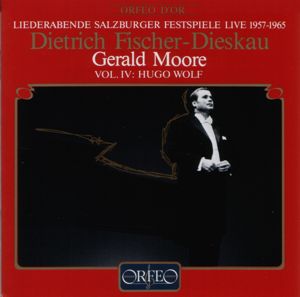Todd
New member

Johann Jakob Froberger is a name Id only read about up until I got this disc. Those whove already discovered his music seem to hold him high regard. Since the fine harpsichordist Blandine Verlet (she of the fine Louis Couperin recordings, among other things) recorded some of his music, I figured his music was worth a shot.
On the evidence of this disc, Mr Frobergers music is not really for those wanting showy, bombastic music. Granted, the title ou ltranquillité doesnt promise the most extroverted works, but the style of writing present here, which includes excerpts from larger suites, is very much of a personal, introspective nature. The music practically begs the listener to kick back, relax (but not too much), and simply get lost in the slow, delicate, intricate, and quite intimate musical ideas. No Big Bang, no Flash, no Dazzle. Just fine music. Now, some may find such sustained intricacy and intimacy boring or hard to get into, and this certainly isnt a disc Ill just plop in for easy thrills, but if youve got a hankerin for this type of music, this disc seems quite a fine choice. Perhaps Frobergers other music is more obvious and extroverted, though what Ive read about him doesnt lead me to believe hes another Scarlatti, but I rather fancy this music. Its refreshing in a way.
Ms Verlets playing is superb nuanced, precise but not at all clinical, and imbued with life, all without any overstatement. Or understatement. Sound quality is top notch, too, and one gets some fine accompaniment from some birds in this springtime recording.















